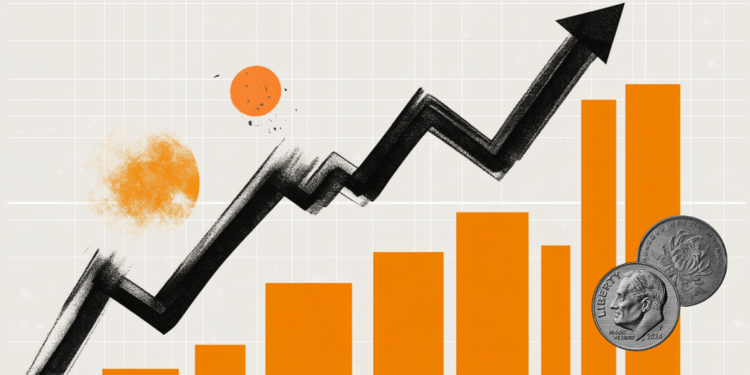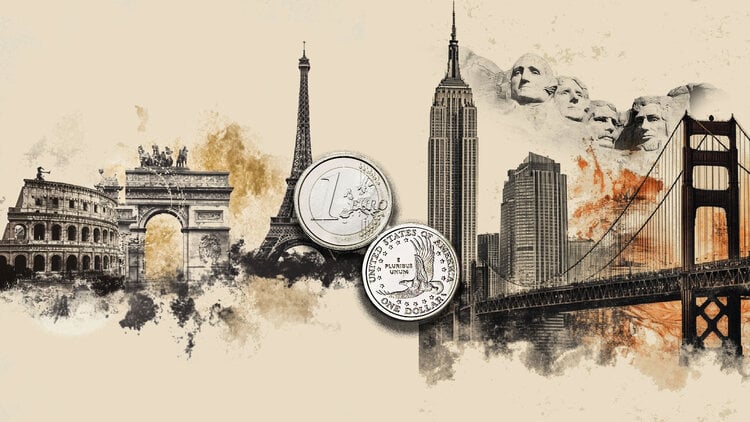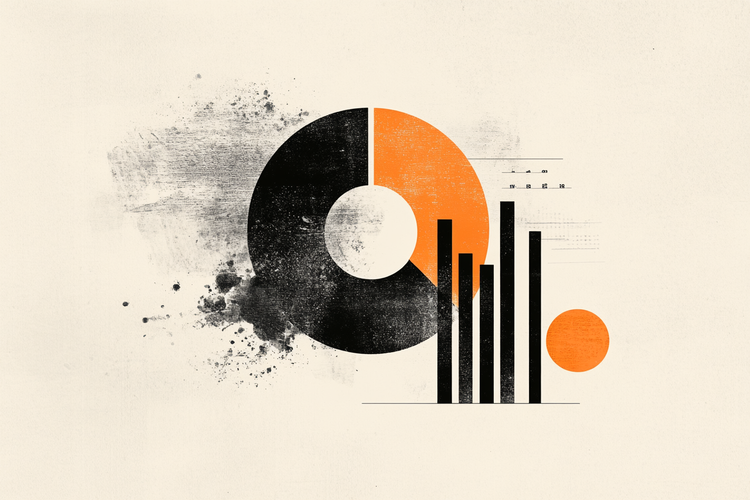- The price of Gold is trying to recover as investors remain cautious awaiting US inflation data for January.
- Fed policymakers could maintain their hawkish talk if inflation turns out to be persistently high.
- The US dollar rebounds strongly amid a discouraging environment in the markets.
The price of Gold (XAU/USD) discovers provisional support after a strong sell-off at the beginning of the American session before the US Consumer Price Index (CPI) data for January. Additionally, major Asian markets remain closed on Monday due to the Chinese New Year.
Precious metals remain on tenterhooks ahead of US inflation data for January, which could influence the outlook for interest rates. The opportunity cost of maintaining gains, in this case of Gold, increases if inflation remains stubbornly high, as the likelihood of a hawkish stance from the Federal Reserve (Fed) increases.
Fed policymakers have maintained the case for higher interest rates for longer until they are confident that core inflation will sustainably return to the 2% target. The reasoning behind the Fed's hawkish stance is the resilience of the labor market and the strength of household spending. Fed officials have admitted that the decline in inflation data is encouraging, but insufficient to relax strict interest rate policy.
Daily summary of market movements: Gold price finds support, but remains under pressure in calm trading
- The price of Gold finds intermediate support near $2,020 in a trade with little movement as the main Asian markets such as China, Hong Kong, Japan, South Korea and Singapore are closed.
- The precious metal is expected to continue a sideways trend as investors await US inflation data for January, which will provide fresh guidance on interest rates.
- CME's FedWatch tool shows that traders see a 53% chance of a 25 basis point (bp) rate cut being announced in May.
- According to expectations, monthly headline inflation is expected to grow 0.2% in January, up from 0.2% in December (revised downward from the initial estimate of 0.3%). Over the same period, core inflation, which eliminates the volatility of food and oil prices, is expected to rise by 0.3%.
- Looking at annual data, investors expect headline inflation to soften significantly to 3.0% from 3.4% in December. For its part, the core CPI slowed slightly to 3.8%, compared to 3.9% previously.
- A persistent inflation figure would allow Federal Reserve policymakers to argue forcefully for keeping interest rates higher for longer.
- Fed policymakers have been reiterating for months the need for good inflation data to ensure a sustained decline in inflation toward the 2% target.
- Dallas Federal Reserve President Lorie Logan said Friday that there is no need to rush into cutting rates as she wants to confirm the durability of the progressive decline in inflation.
- Meanwhile, the US Dollar Index (DXY) is recovering strongly from the crucial support at 104.00 as investors remain cautious awaiting US inflation data. The appeal of safe-haven assets improves amid a cautious mood in the markets.
Technical Analysis: The price of Gold is on a breakout around $2,020
Gold price is at a breakout level around $2,020 as it is near the ascending frontier of a symmetrical triangle chart pattern drawn from the December 13 low at $1,973. Meanwhile, the downtrend line of the same pattern from the December 28 high stands at $2,088. The price of Gold falls slightly below the 50-day EMA, which is trading around $2,023.
The 14-period Relative Strength Index (RSI) is oscillating within the range of 40.00-60.00, indicating a prolonged sideways trend.
Inflation FAQ
What is Inflation?
Inflation measures the rise in prices of a representative basket of goods and services. General inflation is usually expressed as a month-on-month and year-on-year percentage change. Core inflation excludes more volatile items, such as food and fuel, which can fluctuate due to geopolitical and seasonal factors. Core inflation is the figure economists focus on and is the target level of central banks, which are mandated to keep inflation at a manageable level, typically around 2%.
What is the Consumer Price Index (CPI)?
The Consumer Price Index (CPI) measures the variation in prices of a basket of goods and services over a period of time. It is usually expressed as a percentage of inter-monthly and inter-annual variation. Core CPI is the target of central banks as it excludes food and fuel volatility. When the underlying CPI exceeds 2%, interest rates usually rise, and vice versa when it falls below 2%. Since higher interest rates are positive for a currency, higher inflation usually translates into a stronger currency. The opposite occurs when inflation falls.
What is the impact of inflation on currency exchange?
Although it may seem counterintuitive, high inflation in a country drives up the value of its currency and vice versa in the case of lower inflation. This is because the central bank will typically raise interest rates to combat higher inflation, attracting more global capital inflows from investors looking for a lucrative place to park their money.
How does inflation influence the price of Gold?
Gold was once the go-to asset for investors during times of high inflation because it preserved its value, and while investors often continue to purchase gold for its safe haven properties during times of extreme market turmoil, this is not the case. most of the time. This is because when inflation is high, central banks raise interest rates to combat it.
Higher interest rates are negative for Gold because they increase the opportunity cost of holding Gold versus an interest-bearing asset or placing money in a cash deposit account. On the contrary, lower inflation tends to be positive for Gold, as it reduces interest rates, making the shiny metal a more viable investment alternative.
Source: Fx Street
I am Joshua Winder, a senior-level journalist and editor at World Stock Market. I specialize in covering news related to the stock market and economic trends. With more than 8 years of experience in this field, I have become an expert in financial reporting.







